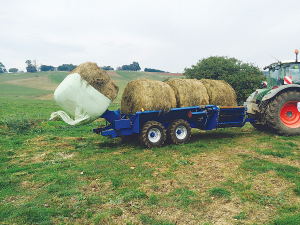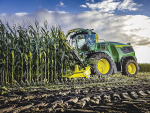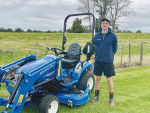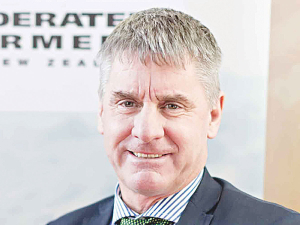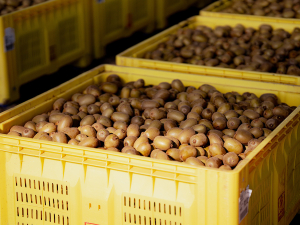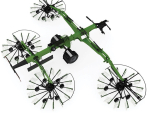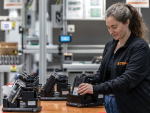Brett McIntosh of the Palmerston North-based family agricultural engineering firm McIntosh, says their Multi-4 and 5 bale feeders offer a major leap in productivity if you need to lift and feed 10 or more bales daily.
“While 2-bale machines are particularly common, anyone feeding a large number of bales will know they mean multiple trips back from the paddock to the bale stack to reload and the added inconvenience of being ‘mobbed’ by cattle each time you enter the paddock,” says Brett.
Well known for building machines that incorporate the “must-haves” of strength, ease of use and durability, a closer look at the Multi-4 reveals a machine that features two box sections running through the bale cradle to deliver a low centre of gravity that imparts stability and a wide cradle that means delivered feed is not run over by the trailer wheels.
Designed to carry three bales in the cradle and a fourth on the twinrammed lifting forks, the Multi Feeder is at home lifting and feeding both round and occasional large square bales, carrying the loads on a tandem axle layout. It has a tare weight of 2180kg.
Backing up to a row of bales, bales are lifted on triple spikes, while the fork design ensures bales are placed in the cradle, rather than being dropped from a height.
Once loaded, bales are pushed forward by the rear backstop, before it returns to the start position to accept another bale. A simple diverter valve switches between the rear lifting forks and the bale pusher, meaning only two rear remotes are required to complete three functions. In operation, returning the backstop to its rearmost position serves to re-establish the hydraulic feed to the rear forks.
A clever loading design detail – that Brett McIntosh admits was dreamt up by an Australian dealer – sees rotating teeth on the unloading bars that, when set in the loading position (the yellow unloading bar is stopped at the highest point of the discharge cradle), allow bales to be pushed forward without jamming against the fixed teeth of the discharge cradle, while also delivering a positive movement when unloading.
Read More:
Offering the ability to feed to either side, the Multi-4 incorporates 3-inch, 12,000lb zincplated roller chains, an 8-tooth sprocket system for better drive and a longer life and a HD hydraulic motor with a 1.25-inch drive shaft.
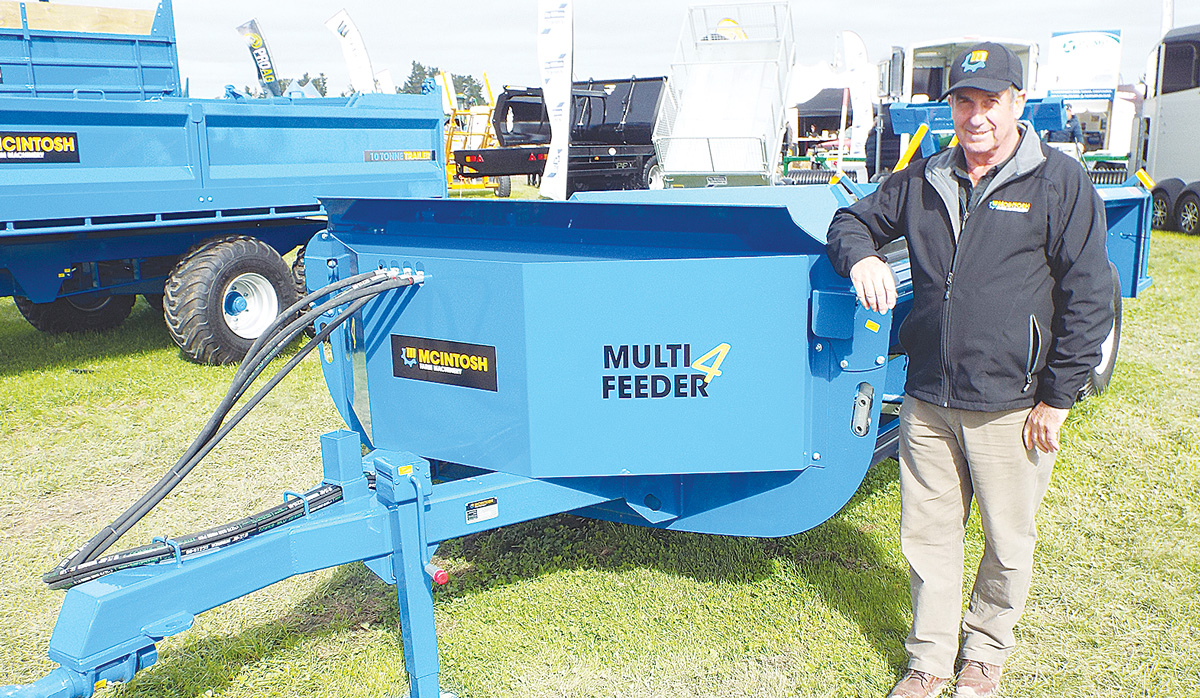 |
|---|
|
Brett McIntosh of the Palmerston North-based family agricultural engineering firm McIntosh.
|
Setting up for bale loading and feeding, a low overall height of only 1100mm allows operators to remove plastic or net wrap easily, while strategically-placed waste bins to the side and the front of the machine ensure waste is segregated for recycling.
Standard equipment includes a swivel drawbar and 11.5/8-15.3 tyres, while options include a square bale attachment, a trough extension arm, rear lighting kit and oversized or tractor tread tyre equipment.

